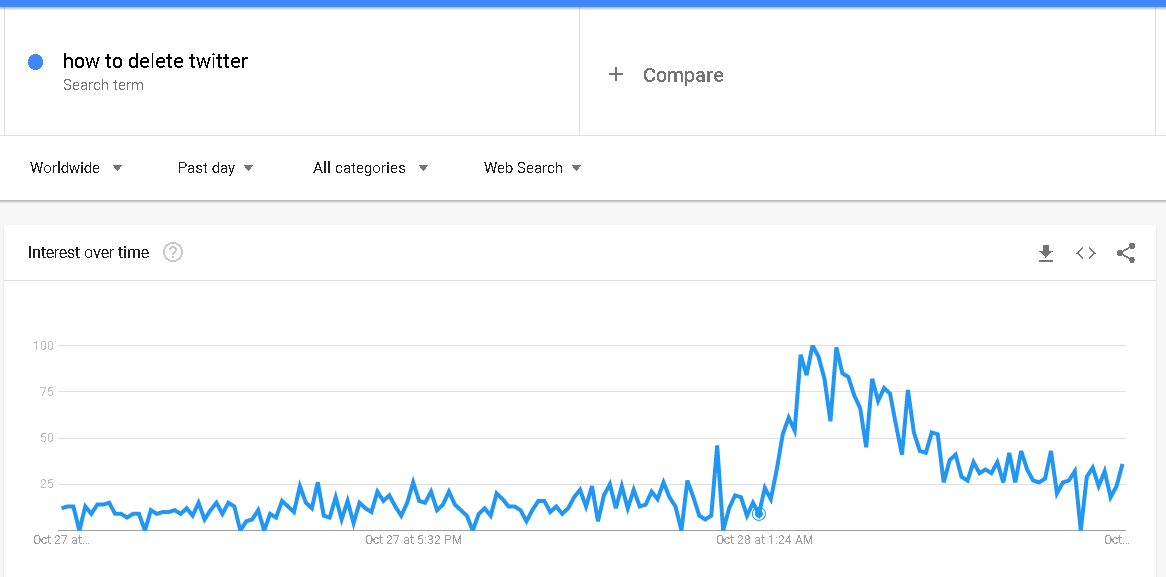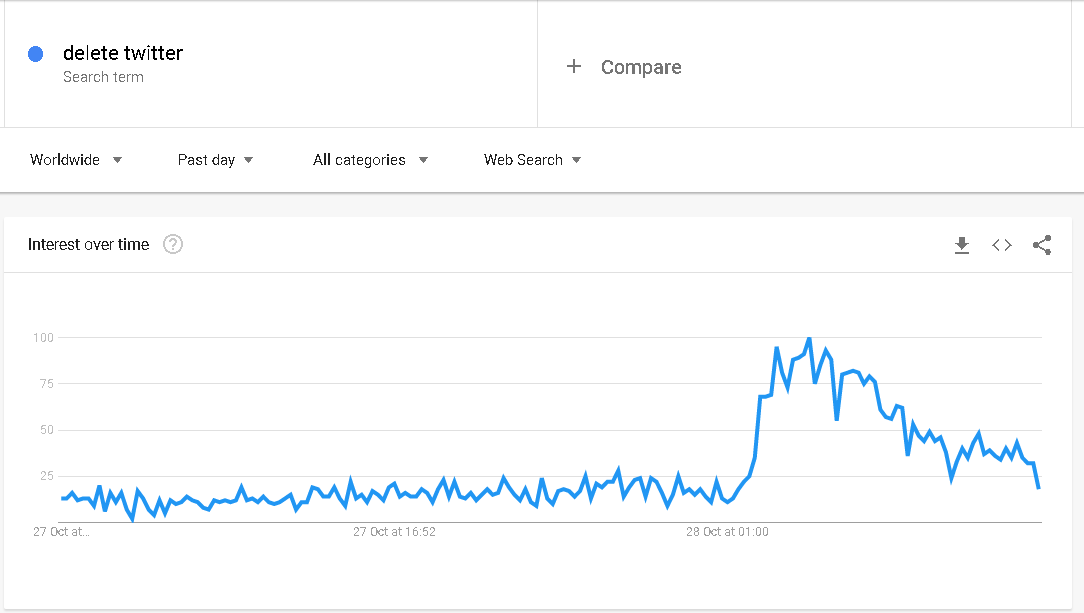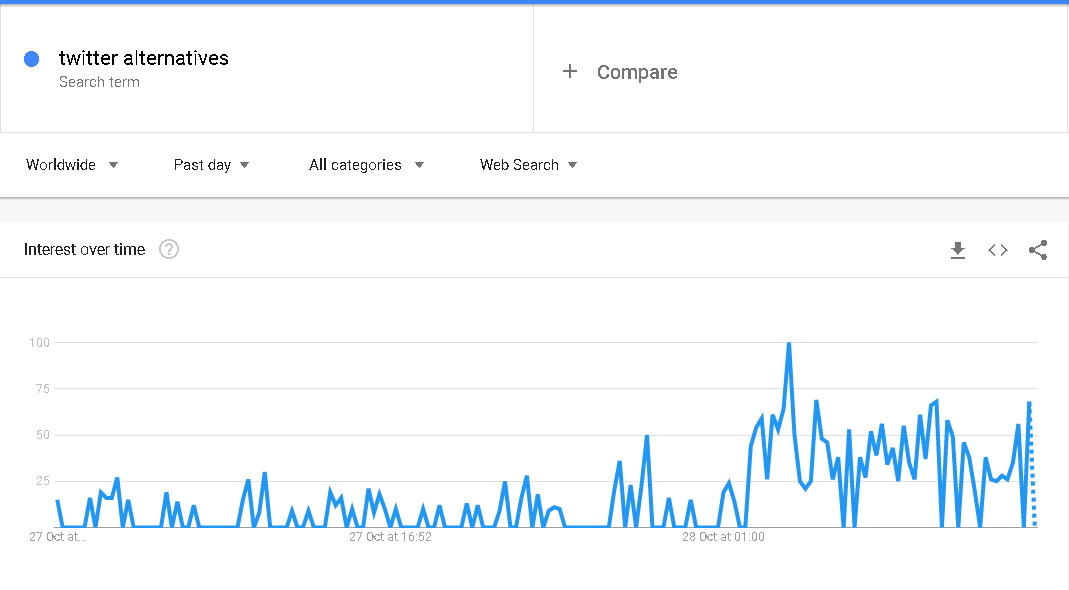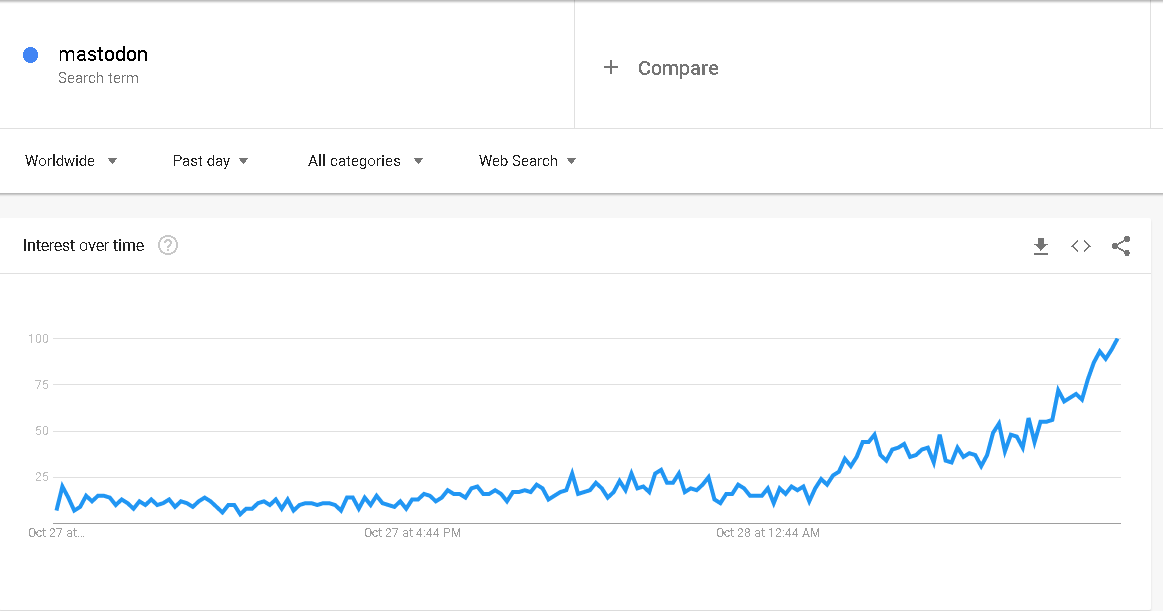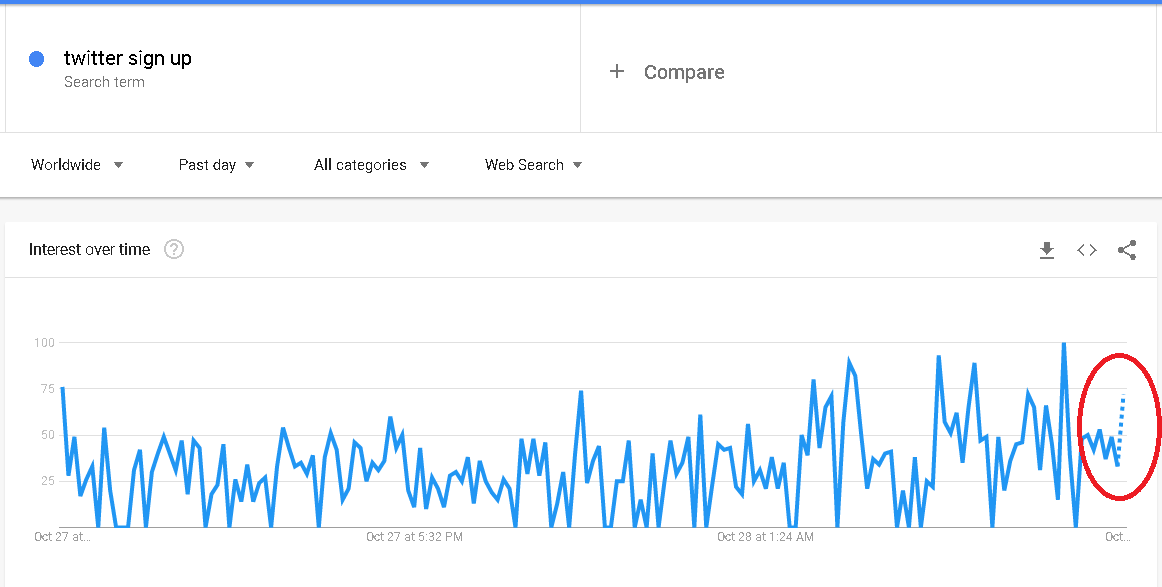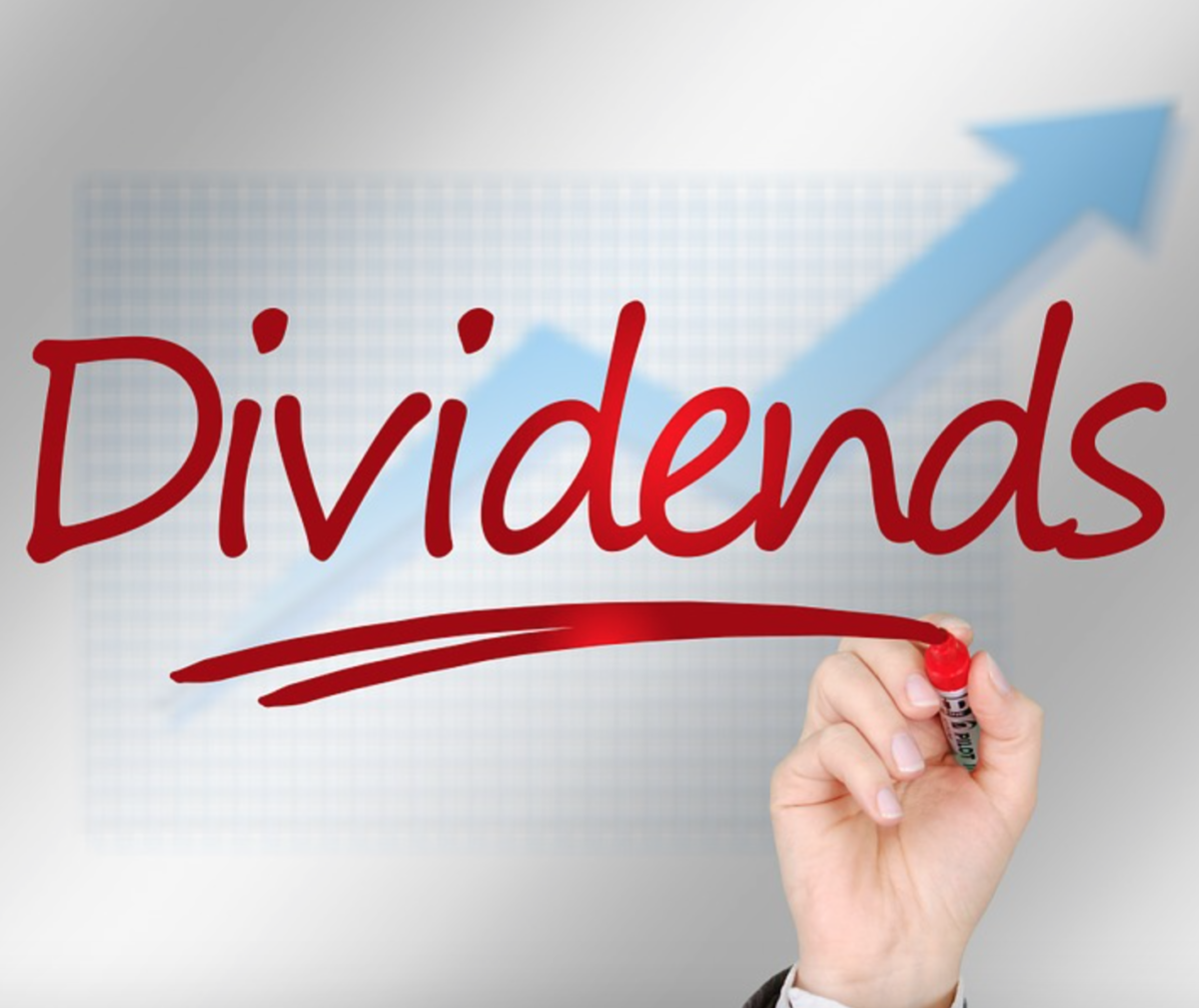by Fred Fuld III
It’s Halloween today, a boon for the candy manufacturers. The companies that produce horror movie also benefit. It’s hard to believe it’s that time of year. Pretty soon it will be Thanksgiving.
The biggest beneficiaries of the Halloween season are the candy makers.
Hershey Foods (HSY), one of the biggest chocolate and candy companies in the world, with two of its most popular products being Hershey Kisses and Hershey Bars, along with Reese’s. The stock has a trailing price to earnings ratio of 33.5, a forward P/E ratio of 27, and pays a dividend yield of 1.7%. Next year’s annual earnings per share are anticipated to be up 8.36%.
Tootsie Roll Industries (TR) has an assortment of candy kids, such as Tootsie Rolls, Tootsie Roll Pops, Caramel Apple Pops, Charms, Blow-Pops, Blue Razz, Zip-A-Dee Pops, Cella’s, Mason Dots, Mason Crows, Junior Mint, Sugar Daddys, and Sugar Babies. The stock has a P/E of 40.5 and pays a yield of 0.89%. Earnings per share this year were up 12.5%.
Mondelez International (MDLZ) is a multinational producer of candy, along with food and beverages. Its brands include Sour Patch, Swedish Fish, Cadbury, and Toblerone. The trailing P/E is 22 and the forward P/E is 20. The yield is a tasty 2.5%.
Watching scary movies is another popular event on Halloween. Netflix (NFLX), the huge provider of videos in the US, has an extensive selection of scary movies in its collection of titles. The stock trades as 27.9 times trailing earnings and 28.1 times forward earnings. It does not pay a dividend.
A major producer of scary movies is Lions Gate Entertainment (LGF-A), which has made such films as American Psycho, Ginger Snaps, Route 666, The Devil’s Rejects, House of the Dead 2, Saw VI, See No Evil, Hostel: Part II, My Bloody Valentine 3D and many others. Lionsgate currently has generated negative earnings but has a forward price to earnings ratio of 227.
Then of course, Amazon (AMZN) has plenty of Halloween costumes. Amazon has a trailing PE of 93 and a forward PE of 56.
Hopefully, your Halloween portfolio will bring you treats.
Disclosure: Author didn’t own any of the above at the time the article was written.



